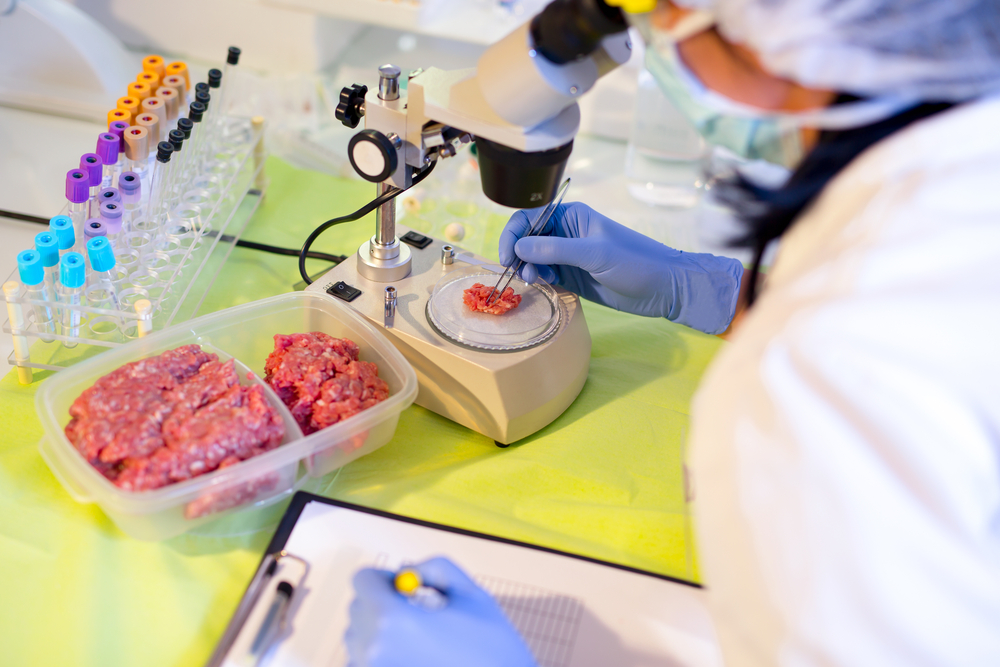Cross-contamination is one of the most frequent causes of food borne illnesses. From bacteria to chemicals, heavy metals, and allergens, these can cause serious risks to consumer health. Unfortunately, cross-contamination can occur at any point in food production. Therefore, proper food safety requires preventive measures, and food testing against quality standards.
When it comes to your lab, creating policies that enforce food safety makes it easier to comply with necessary standards. Ultimately, this ensures that all food is safe for public consumption. In this post, we’ll explore the primary causes of lab cross-contamination.
4 Common Causes of Lab Cross-Contamination
1. Poor Environmental Conditions
It’s important to maintain a clean lab for sample collection, storage, and analysis. An open sample can come into contact with contaminants in the air. Additionally, certain environmental factors like humidity, temperature or light exposure can affect the sample quality.
Furthermore, poorly cleaned fume hoods, refrigerators or other equipment can taint a sample and affect the test results. A lapse in lab standards can lead to severe setbacks.
2. Unsanitary Tools & Equipment
Unclean tools can contaminate samples. All sampling tools should be sterile and kept separately. In addition, it’s essential to use clean glassware while performing the analysis, as well as clean PPE.
Aside from ensuring NIST traceable calibration, all instruments should be cleaned and sterilized with regularity. Implement tool disinfection into your lab’s everyday protocol and maintenance to ensure it’s complete.
3. Hygiene Levels of Laboratory Personnel
Lab workers can play a big part in food sample contamination. Therefore, laboratory personnel should always use disposable gloves, face masks and clean aprons while working. Also, all staff should maintain respectable levels of hygiene along with personal cleanliness. If your workers take simple measures to counteract contamination, it can be very effective for protecting your samples.
4. Laboratory Visitors
Contaminants can also come from visitor clothing and footwear. Therefore, visitors should wear protective clothing and footwear like any other employee. In addition, like all employees, they should adhere to all of the lab’s rules and standards when it comes to safety and cleanliness.
Visitors present a lot of risks to your work and operation. Therefore, we suggest limiting visits and exercising caution when its unavoidable.
5. Sample Environment
An unsealed sample is in direct exposure to airborne contaminants. For instance, it can pick up contaminants when in a lab fridge that isn’t cleaned well.
Additionally, samples are sensitive to the wrong environment. When a lab freezer is not working properly or the gaskets need to be changed, the sample will suffer.
Conclusion – SEPS
At SEPS, maintaining high standards of cleanliness for all labs is our everyday mission. We can help you avoid cross-contamination and prevent any mishaps.
